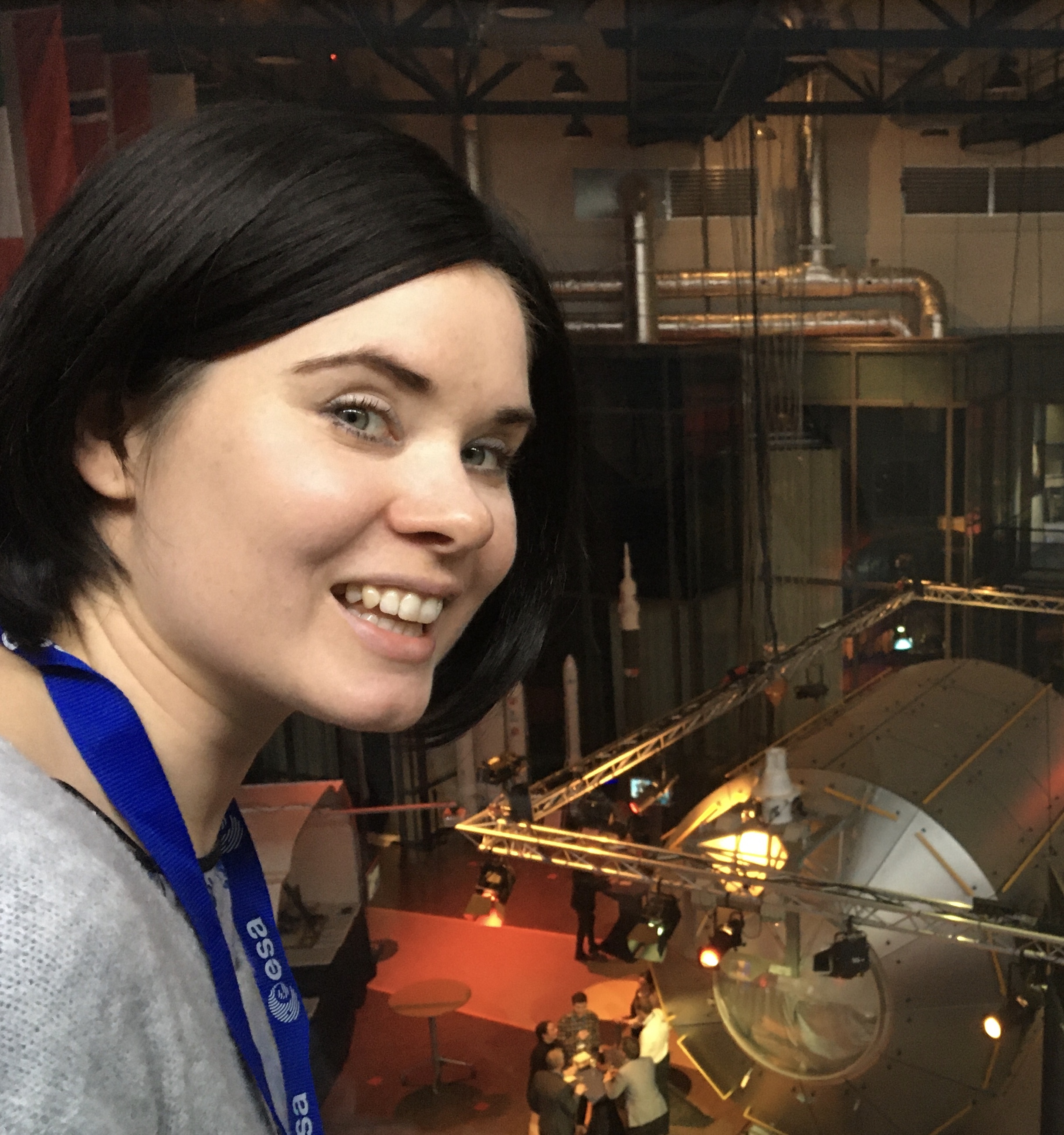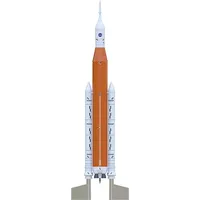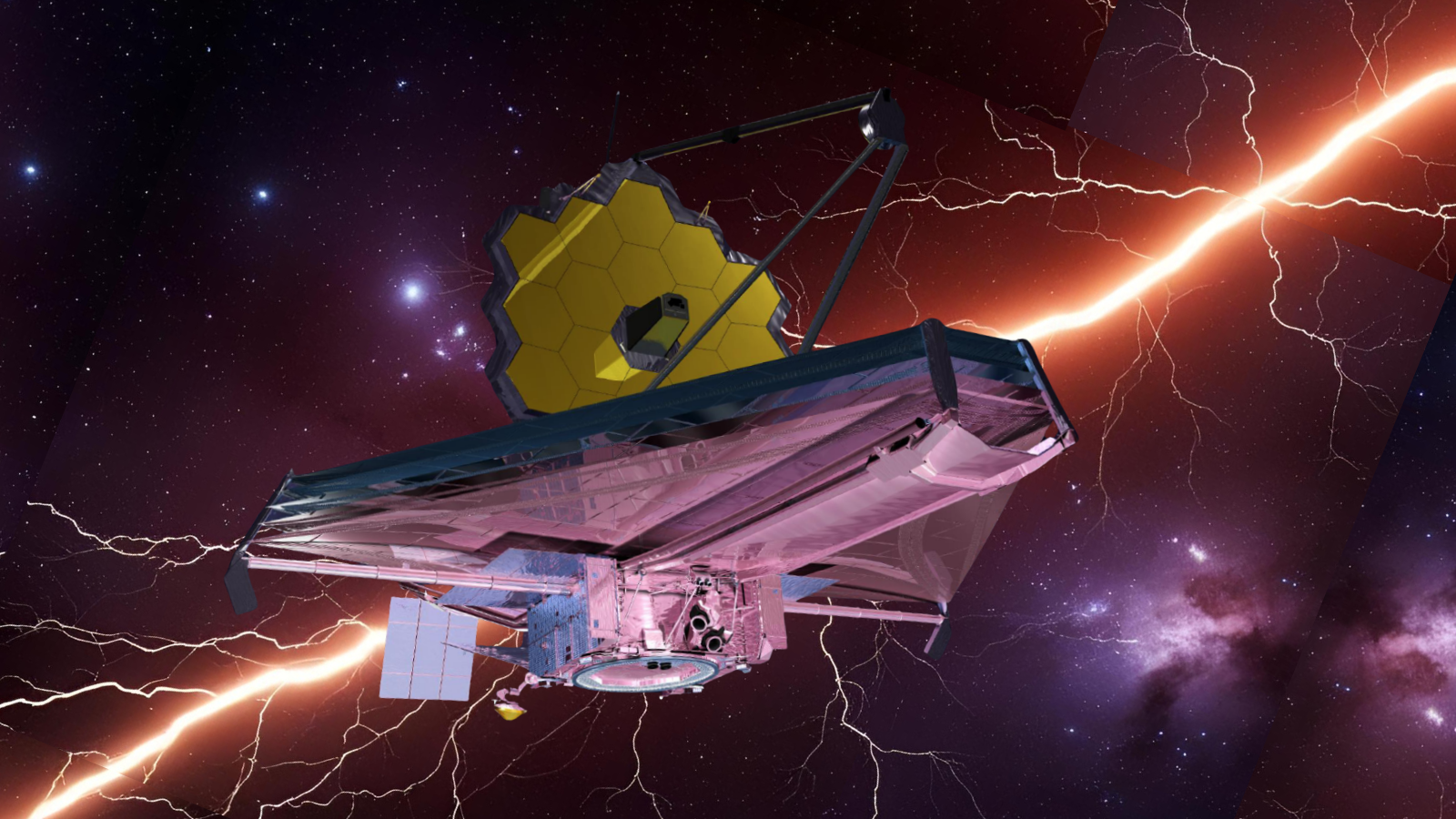Live from Artemis 1: Join Space.com's Brett Tingley for NASA's big moon launch
Space.com's Brett Tingley is reporting on Artemis 1 launch from Florida, and you can join him live.
Update for 2 am ET: NASA successfully launched the Artemis 1 moon mission on the first Space Launch System rocket at 1:47 am EST (0647 GMT) in a stunning success. Read our full Artemis 1 launch story.
After enduring a battering by Hurricane Nicole, NASA's Space Launch System moon rocket is standing on a launch pad (again) ready for its debut flight. If you couldn't make it to the launch in person, you can at least be part of it with Space.com's Brett Tingley, who is very excited to see the huge rocket fly.
If all goes to plan, the Space Launch System (SLS) rocket will lift off from Launch Pad 39B at NASA's Kennedy Space Center in Florida at 1:04 a.m. EST (0604 GMT) on Wednesday (Nov. 16). You can watch the launch live on Space.com, courtesy of NASA, at 1:04 a.m. EST (0604 GMT) on Nov. 16.
Related: NASA's Artemis 1 moon mission: Live updates
The launch window will be open for two hours, however, so it could be a long night. If you are among the many space nerds who are staying up late for the liftoff, you can tune in to one of Brett Tingley's Space.com webcasts on YouTube or Facebook, where you can ask him questions about the milestone mission, known as Artemis 1.
The mission, the first in the NASA-led Artemis program, will test technologies for humankind's return to the moon. During the test flight, only two manikins, named Helga and Zohar, will occupy the Orion space capsule, which will be boosted by the SLS rocket for a lunar round trip. The capsule suffered some minor damage from Hurricane Nicole last week, but NASA engineers concluded the spacecraft was still fit for its mission.
Artemis 1 has already been postponed several times, because of technical glitches and the arrival of Hurricane Ian on Florida's Space Coast. NASA hopes to fly its successor, Artemis 2, which will take a human crew for a lunar round trip, within the next two years. The Artemis 2 mission will be the first to take humans into lunar orbit since the Apollo program. Ultimately, NASA plans not only to land humans on the moon again but to establish a permanent human station on its surface.
Breaking space news, the latest updates on rocket launches, skywatching events and more!
When to join Brett at NASA's Artemis 1 moon launch
4 p.m. ET: Artemis 1 moon rocket fueling
NASA aims to begin fueling the Artemis 1 moon rocket at 3:30 pm EST (2030 GMT). Brett will provide an update on how the fueling is going to load Artemis 1's SLS rocket with tis 730,000 gallons of propellant.
10 p.m. ET: Artemis 1 countdown update
With NASA poised to begin its live launch commentary at 10:30 p.m. EST (0300 GMT), Brett will give us all an early update on how things are going from the fueling process.
12:50 am ET Nov. 16: Live Artemis 1 launch livestream!
This is the big moment! Join Brett about 15 minutes before launch to see what it's like to watch NASA's most powerful rocket launch to the moon at 1:04 a.m. EST (0604 GMT).
Replay! See Artemis 1 at the Kennedy Space Center
See Brett's first dispatch from the Kennedy Space Center from 12 p.m. EST (1700 GMT) on launch day!
Follow Tereza Pultarova on Twitter @TerezaPultarova. Follow us on Twitter @Spacedotcom and on Facebook.
Estes NASA SLS Flying Model Rocket Kit was $76.99 now $72.99 on Amazon.
Save 5% on an awesome looking 1:200 scale model rocket replica of the NASA SLS. It's perfect for beginners as it comes ready to launch and with pre-colored parts. It also has an impressive projected altitude of 350 feet.

Tereza is a London-based science and technology journalist, aspiring fiction writer and amateur gymnast. She worked as a reporter at the Engineering and Technology magazine, freelanced for a range of publications including Live Science, Space.com, Professional Engineering, Via Satellite and Space News and served as a maternity cover science editor at the European Space Agency.


